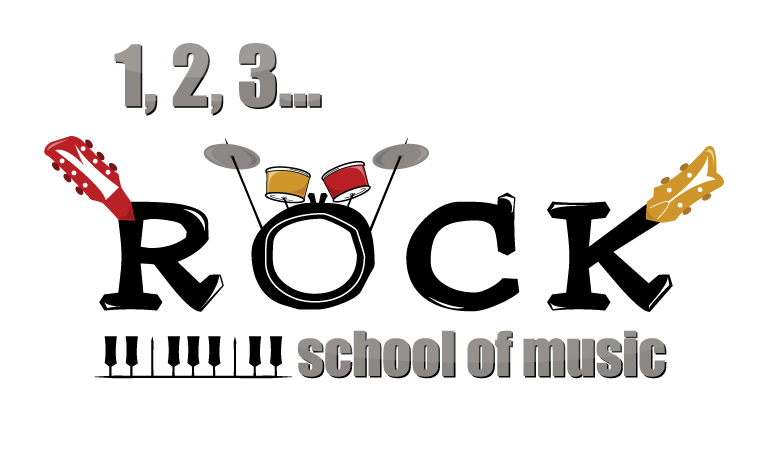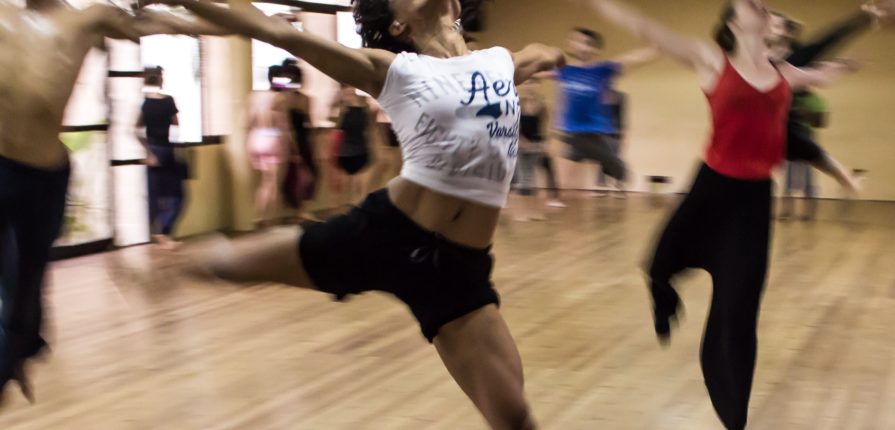Dance has existed for thousands of years. For generations, it has been practiced as a popular way to express yourself creatively and in social environments. However, beyond just movements and music, dancing offers many benefits for mental health and brain function.
— July 9th, 2021
Learning and practicing dance offers lots of advantages, such as:
• Improve self-esteem
Learning a mastering dance moves and skills have been shown to improve a person’s self-esteem and confidence.
• Socal interaction
Social interaction between groups of people is essential for our mental well-being. Many studies state that communicating and spending time with others enhances your mood. It also makes you feel like you are part of something bigger and eases loneliness.
More so, dance classes, where you learn and move alongside others, are an excellent way to achieve these mental health benefits.
• Ease depression and anxiety
As we mentioned before, dance is an effective exercise that raises your heart rate and works your muscles. In addition, exercise can help with symptoms of depression and anxiety by releasing certain chemicals in your brain. It also provides a way to escape negative thoughts and apprehensions.
• Protect your memory.
As we age, it gets harder to remember names, places, and other details. Learning new things, like different moves and styles of dance, sharpens your brain’s ability to recognize these kinds of details.
However, it is essential to note that the mental advantages of dancing depend on the type of dance you learn and practice. For example, styles like ballroom dancing require a significant degree of improvisation. These improve your decision-making skills more than completely memorized movements and routines. On the other hand, interpretive modern dance styles offer more benefits for creativity.
——
This article is a re-post, with minor modifications, of “Mental Benefits of Dance,” an article published on wbmed.com


